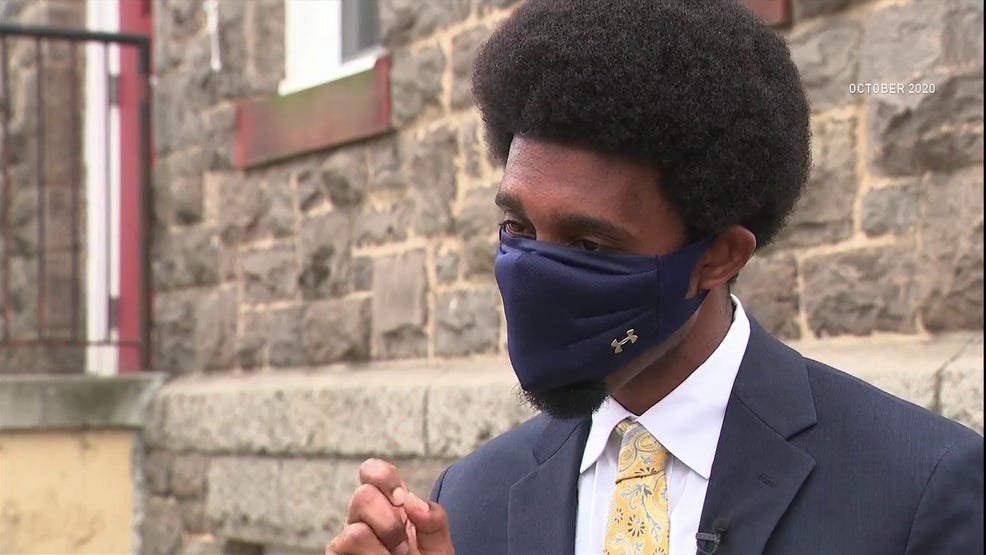Can Baltimore's Latest Mayor Break with Past Failures?
For his next four years, let his report card include bringing the city's murder rate down to a level at least comparable to other major cities.
Brandon Scott assumes office as Baltimore's Mayor on December 8, the fifth through a revolving door during the past eleven years to hold that position. As measured against any municipal government performance metrics, each of his predecessors miserably failed their constituents.
Five years after Freddie Gray's death and the subsequent fall-out, the cost to the city's public safety continues. Homicides soared from 211 in 2014 to 344 in 2015.[i] 2020 marks the sixth consecutive year that the city has had at least a hundred more murders than were experienced in the year before Freddie Gray's death.
By comparison, New York City has seen crime rates drop dramatically, even more than in the United States as a whole. Murders dropped from 2,245 in 1990 to 289 in 2018. Had Baltimore's criminal justice system achieved comparable results, thousands of tragic deaths would have been prevented.
Yet, instead of focusing on essential services such as public safety, Baltimore's leaders have been preoccupied with Taj Mahal-like building projects. These big-ticket capital projects have often turned into expensive white elephants.
Back in 2005, then-Mayor Martin O'Malley promoted a sizeable new hotel next to the convention center. Since there was no hotel room shortage, private sector investment was not available. Undaunted, the city borrowed $305 million. The result was the Hilton Baltimore Inner Harbor, which has generated millions in operating losses for the city since 2008.
Once touted as a case study for the benefits of tourist-oriented urban investment, Baltimore's Inner Harbor has hit hard times. The Inner Harbor's Harborplace's two retail pavilions now sit mostly vacant, ending last year with only 17 of its 40 storefronts leased. The property slipped into receivership even before the COVID pandemic.
Despite this, city officials and the state legislature have doubled down on their failed strategy of using public money to attract tourists to Baltimore. The General Assembly approved authorizing $375 million in bonds to reconstruct and repurpose the Pimlico Race Course in Baltimore and Laurel Park in Prince George's County. This project comes in addition to over $450 million in Maryland's horse racing industry subsidies between 2011 and 2019. These were paid by diverting casino slot proceeds that had been earmarked for education.
Projects like these have failed to reverse Baltimore's decline. Its population has dropped to below 600,000 — the lowest in a century. Former residents have responded by voting with their feet, moving to new communities. Reversing this migration requires making Baltimore a more attractive community. This requires addressing crime and education.
Mayor Scott should close the book on the failed strategy of using real estate projects to attract out of towners to Baltimore. Far more appropriate would be to place his attention on having his government deliver the services his constituents expect, but which have been denied. For example, for his next four years, let his report card include bringing the city's murder rate down to a level at least comparable to other major cities.
[i] https://www.theguardian.com/us-news/2017/nov/02/baltimore-murder-rate-homicides-ceasefire




